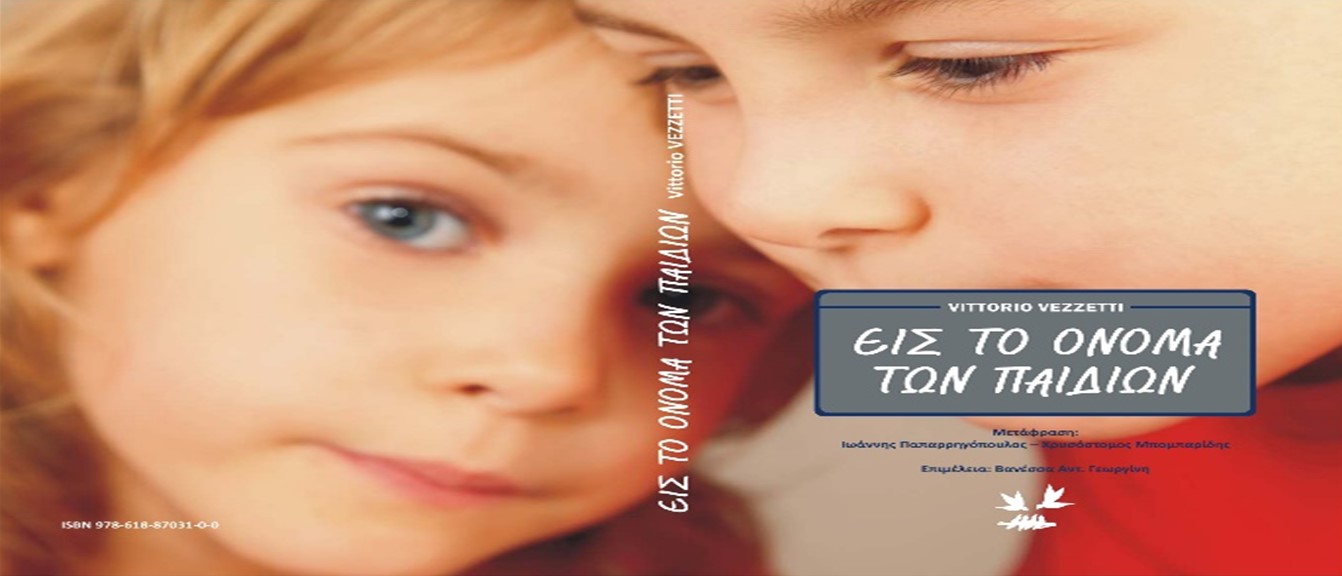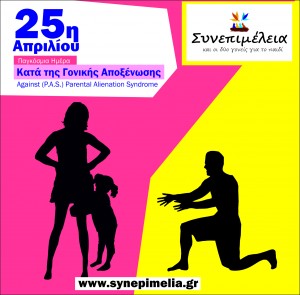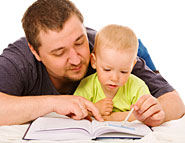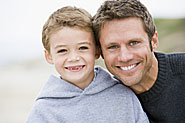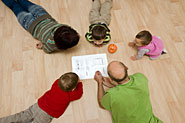Ένα μεγάλο βήμα πραγματοποιήθηκε από τη Σουηδή ερευνήτρια του διάσημου Ινστιτούτου Karolinska της Σουηδίας.
Δείτε τις περιλήψεις των μελετών
Τα παιδιά που πέρασαν ίσο χρόνο ζώντας και με τους δύο γονείς τους μετά ένα χωρισμό παρουσίασαν καλύτερη ευημερία από τα παιδιά που ζούσαν στη φροντίδα κατά κύριο λόγο ενός γονέα. Αυτό ήταν αληθές ειδικά για τα παιδιά ηλικίας 15 ετών, ενώ αναφέρθηκε λιγότερο ικανοποιητική ευημερία για τα παιδιά 12 ετών. Χρειάζονται περαιτέρω μελέτες που να μπορούν ν’ αποτιμήσουν το πριν και το μετά το χωρισμό περιβάλλον της κάθε οικογένειας και την ευημερία των παιδιών μικρότερης ηλικίας που ζουν σε κοινή ανατροφή (συνεπιμέλεια)
This study compared the psychological symptoms of 129 children in joint physical custody with children in single care and nuclear families, using a
nationally representative 2011 survey of 1,297 Swedish children aged between four and 18 years. The outcome measure was the Strengths and Difficulties Questionnaire (SDQ) and its association with three dimensions of parental life satisfaction was investigated. Linear regression analyses showed
higher SDQ-scores for children in joint physical custody (B = 1.4, p < 0.001) and single care (B = 2.2, p < 0.001) than in nuclear families, after
adjustment for socio-demographic variables. The estimates decreased to 1.1 and 1.3, respectively, after being adjusted for parental life satisfaction
( p < 0.01). Our findings confirm previous research that showed lower symptom scores for children in nuclear families than children in single care and
joint physical custody. Parental life satisfaction should be investigated further as a possible explanation of differences in symptom load between children
in different living arrangements.
Joint physical custody, children spending equal time in each parents’ respective home after a parental divorce, is particularly common in Nordic compared with other Western countries. Older children have been shown to fare well in this practice but for young children there are few existing studies. The aim of this paper is to study psychological problems in 2- to 9-year-old Nordic children in different family forms. Methods: Total symptom score according to the Strengths and Difficulties Questionnaire as well as scores showing externalizing problems were compared among 152 children in joint physical custody, 303 in single care and 3207 in nuclear families through multiple linear regression analyses. Results: Children in single care had more psychological symptoms than those in joint physical custody (B = 1.08; 95% CI 0.48 to 1.67) and those in nuclear families had the least reported symptoms (B = −0.53; 95% CI −0.89 to −0.17). Externalizing problems were also lower in nuclear families (B = −0.28, 95% CI −0.52 to −0.04) compared with joint physical custody after adjusting for covariates. Conclusions: Young children with non-cohabiting parents suffered from more psychological problems than those in intact families. Children in joint physical custody had a lower total problem score than those in single care after adjusting for covariates. Longitudinal studies with information on family factors before the separation are needed to inform policy of young children’s post-separation living arrangements. Children with two homes: Psychological problems in relation to living arrangements in Nordic 2- to 9-year-olds

